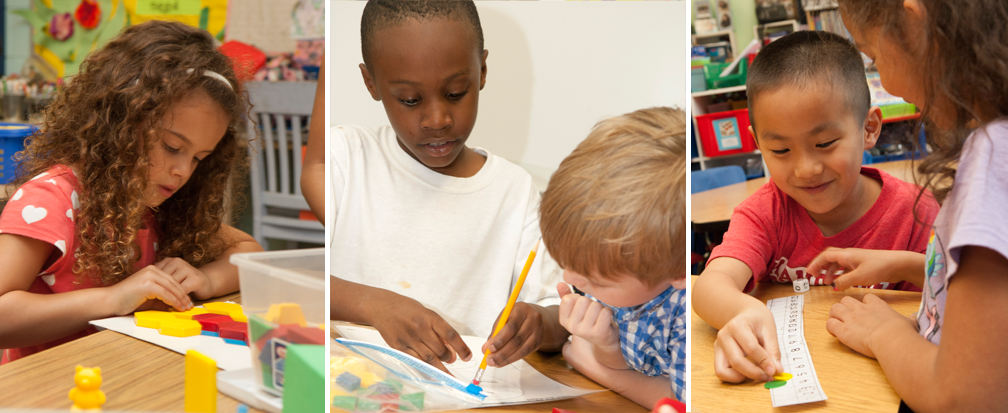Two-Fisted Pennies Game
Materials: 10 pennies for each player
Number of Players: 2 or more
Players count out 10 pennies, and then split them between their two hands. (Help children identify their left and right hands.)
Call on several children to share their amounts. For example: My left hand has 1 and my right hand has 9; left hand 3 and
right hand 7; left hand 4 and right hand 6; left hand 5 and right hand 5.
Record the various splits for any given number on the chalkboard.
Partners continue to play using different total numbers of pennies—for example, 9, 12, 20.
Option: Partners take turns grabbing one part of a pile of 20 pennies. The other partner takes the remainder
of the pile. Both players count their pennies, secretly. The partner making the grab uses the count to say how many pennies
must be in the partner's hand. (I have 12, so you must have 8.
) The eventual result is many addition names for 20.
Change the number of pennies in the pile to practice addition names for other numbers.



